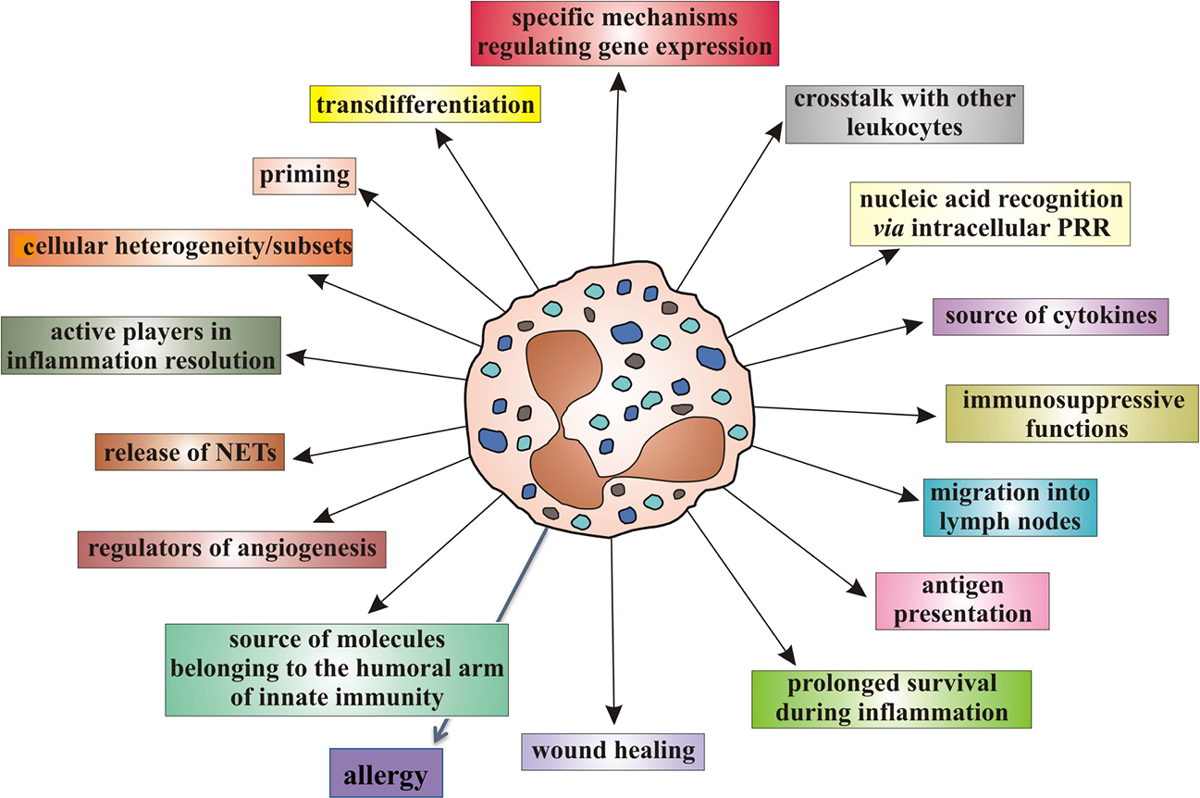Early Predictors of Lumbar Spine Surgery After Occupational Back Injury: Results From a Prospective Study of Workers in Washington State
SOURCE: Spine (Phila Pa 1976). 2013 (May 15); 38 (11): 953–964
Benjamin J. Keeney, PhD, Deborah Fulton-Kehoe, PhD, MPH, Judith A. Turner, PhD, Thomas M. Wickizer, PhD, Kwun Chuen Gary Chan, PhD, and Gary M. Franklin, MD, MPH
Department of Orthopaedics,
Geisel School of Medicine at Dartmouth College,
Lebanon, NH 03756, USA.
STUDY DESIGN: Prospective population-based cohort study.
OBJECTIVE: To identify early predictors of lumbar spine surgery within 3 years after occupational back injury.
SUMMARY OF BACKGROUND DATA: Back injuries are the most prevalent occupational injury in the United States. Few prospective studies have examined early predictors of spine surgery after work-related back injury.
METHODS: Using Disability Risk Identification Study Cohort (D-RISC) data, we examined the early predictors of lumbar spine surgery within 3 years among Washington State workers, with new workers compensation temporary total disability claims for back injuries. Baseline measures included worker-reported measures obtained approximately 3 weeks after claim submission. We used medical bill data to determine whether participants underwent surgery, covered by the claim, within 3 years. Baseline predictors (P < 0.10) of surgery in bivariate analyses were included in a multivariate logistic regression model predicting lumbar spine surgery. The area under the receiver operating characteristic curve of the model was used to determine the model’s ability to identify correctly workers who underwent surgery.
RESULTS: In the D-RISC sample of 1885 workers, 174 (9.2%) had a lumbar spine surgery within 3 years. Baseline variables associated with surgery (P < 0.05) in the multivariate model included higher Roland-Morris Disability Questionnaire scores, greater injury severity, and surgeon as first provider seen for the injury. Reduced odds of surgery were observed for those younger than 35 years, females, Hispanics, and those whose first provider was a chiropractor. Approximately 42.7% of workers who first saw a surgeon had surgery, in contrast to only 1.5% of those who saw a chiropractor. The area under the receiver operating characteristic curve of the multivariate model was 0.93 (95% confidence interval, 0.92-0.95), indicating excellent ability to discriminate between workers who would versus would not have surgery.
There are more articles like this @ our:
CONCLUSION: Baseline variables in multiple domains predicted lumbar spine surgery. There was a very strong association between surgery and first provider seen for the injury even after adjustment for other important variables.
Keywords: Lumbar spine surgery, back injury, worker’s compensation, predictors, prospective study
From the FULL TEXT Article:
Introduction
Back pain is the most costly and prevalent occupational health condition among the U.S. working population. [1, 2] Costs relating to occupational back pain increased over 65% from 1996 through 2002, after adjustment for medical and general inflation. [3] Spine surgeries, including those after occupational back injury, represent a significant proportion of these costs and have faced increasing scrutiny regarding effectiveness and efficacy. [4, 5] Spine surgeries are associated with little evidence for improved population outcomes,4 yet rates have increased dramatically since the 1990s. [6–9] Reducing unnecessary spine surgeries is important for improving patient safety and outcomes and reducing surgery complications and health care costs. [10, 11] Although previous studies have investigated predictors of outcomes following lumbar spine surgery, [12–16] little research has focused on identifying early (after injury) factors associated with receipt of surgery. [17, 18] Knowledge of early predictors of lumbar spine surgery following occupational back injury may help identify workers likely to undergo surgery, which in turn has potential to improve patient outcomes by targeting evidence-based care to such workers. Furthermore, such information is essential for comparative effectiveness studies so that factors associated with receipt of surgery can be assessed and included in adjustment or matching techniques to increase comparability of treatment groups.
Read the rest of this Full Text article now!





Leave A Comment